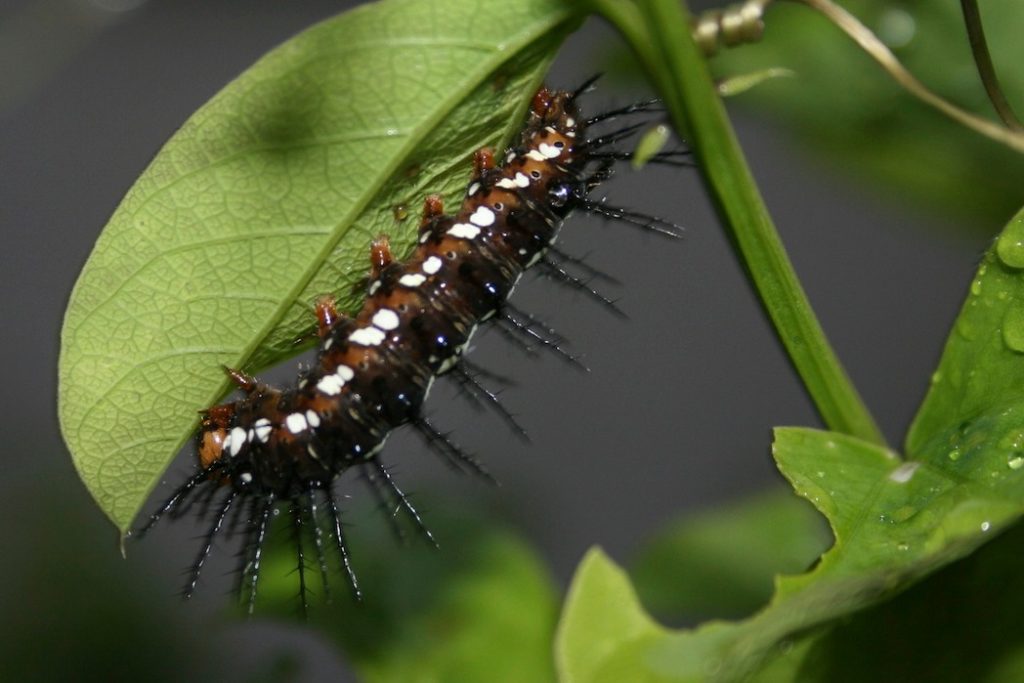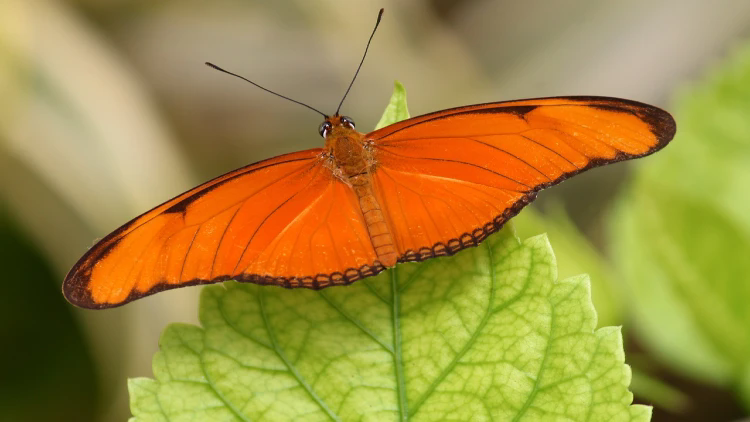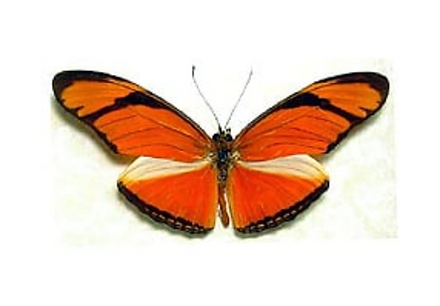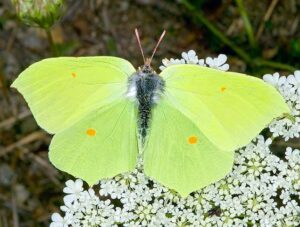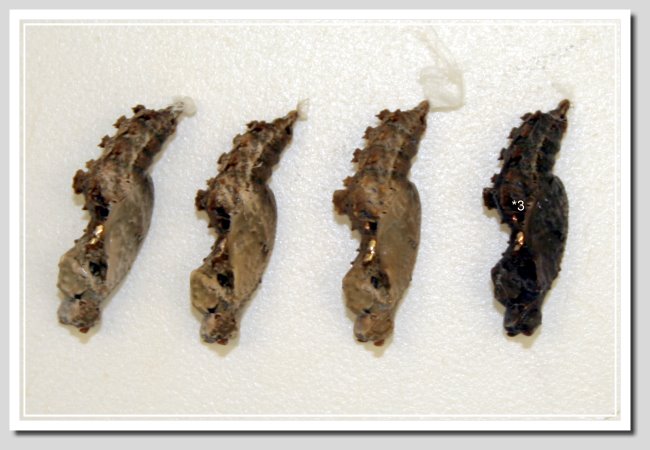
What do julia butterflies eat?
In addition to nectar, females feed on dissolved pollen, and males will mud-puddle in groups. Julia adults also will feed on liquid from the eyes of the yellow-throated caimen or turtles. Caterpillars, which are brown with red and white stripes, feed on passion vine (Passifloraceae).
How long does a Julia butterfly live?
After emerging from their chrysalis, the male Julia butterfly spends the majority of its time looking for mates. At night, the butterfly roosts close to the ground, either in a small group or alone. D. iulia’s adult lifespan lasts for less than a month.
How long was Julia butterfly in the tree?
738 days
Julia Butterfly Hill (born February 18, 1974, Mount Vernon, Missouri, U.S.) is an American activist known for having lived in a tree for 738 days in an act of civil disobedience to prevent clear-cutting of ecologically significant forests.
Family name: Nymphalidae/Brush-Footed Butterflies
General description: male bright orange; forewing elongate with black spots toward apex. Female dull orange; forewing elongate with black bar across apex; hindwing of both sexes with narrow black margin. Ventral hindwing ligt orange-brown with pale band through center.
Field Marks: elongate orange wings; forewing with black markings toward apex; ventral hindwing mottled light orange-brown
Sexes: appear different
Wingspan: 72-85 mm
Life Cycle: Egg: yellow, elongate, laid singly on host leaves Mature larva: brown with white spots and numerous black branched spines Chrysalis: brown with a few silver markings,The female lays a yellow egg singly on the host plant. The eggs become a mottled brown over time. Larvae are brown with white spots and black branched spines all over their bodies.
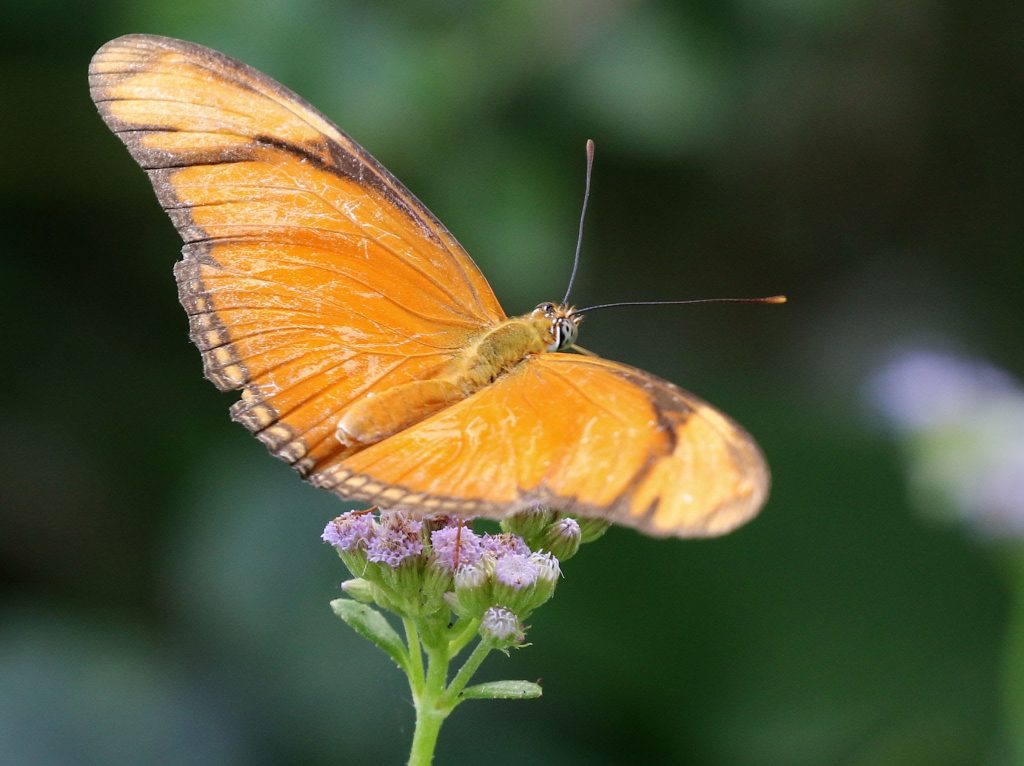
Number of Generations: multiple
Flight Season: All
Abundance: Common
Habitat: forest margins, open woodlands, shrubby sites, gardens, parks
Julias are common throughout the southeastern United States and are found in flight year-round in southern Florida. Stretching farther south, they can be found in tropical regions of Central American, the Caribbean and South America.
If you are observant, you can probably find Julias flitting through oak and hardwood hammocks, meadows and other clearings, riverbanks and hopefully even your own wildflower garden!
Larval Host Plants: corky-stemmed passion flower (Passiflora suberosa), many flowered passion flower (Passiflora multiflora)
Similar Species: Gulf Fritillary
Additional Information: Often found alongside Zebra Longwing and Gulf Fritillary
Also known as Julia heliconian and Flambeau (the flame), the Julia butterfly is one of three in the Heliconinae subfamily and is a member of the Heliconini tribe. These Heliconini are also known as longwings and include Florida’s state butterfly, the Zebra longwing. They belong to the Nymphalidae or brush-footed family of butterflies. The Julia’s legs are covered in short bristles that look like they could belong on a hairbrush.
Julias are recognizable by their elongated orange wings, which can stretch to a 9.2 cm wingspan. Females are generally a duller orange than their male counterparts and have a black bar across the forewing, close to the tip of the wing. Males have this black marking, but it is more spotted than bar-like. Both sexes have a narrow black border on the hindwing. The Julia’s front legs are so short they usually cannot be seen, giving the appearance of having only 4 legs.
